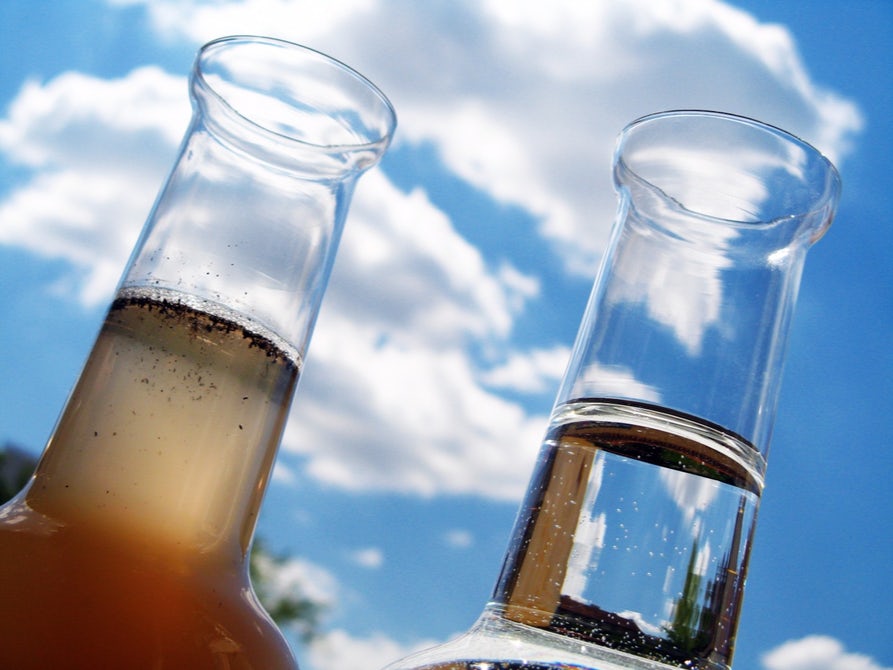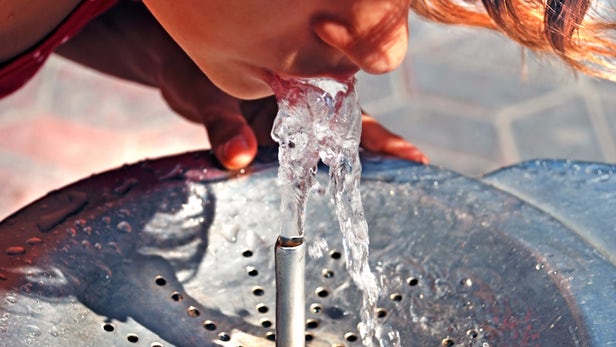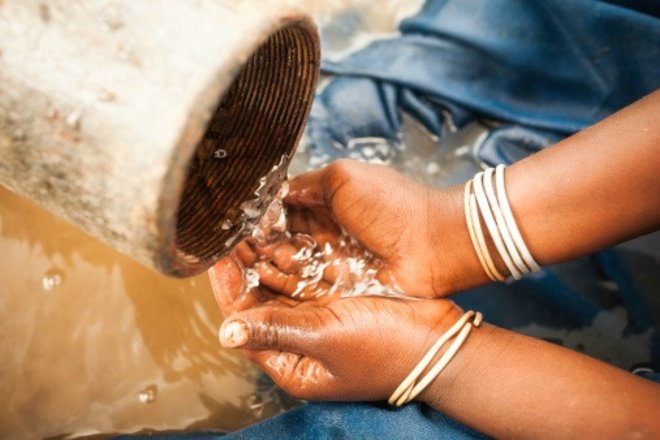Most common water purification methods rely on mechanical filters or a membrane to remove contaminants. But over time, these become clogged and need to be replaced. A new technology developed by researchers at Princeton University doesn’t require filters at all, instead relying on the injection of CO2 gas to change the water’s chemistry and separate waste particles based on their electrical charge.

A new water purification technique relies on an injection of CO2 gas into a water stream rather than filters or membranes to separate particles from water.
The system is simple and low-cost, consisting of a silicone rubber tube that is split into two channels at one end. Because silicone rubber is permeable to CO2, the pressurized gas is able to diffuse through one wall of the tube and mix with the water flowing inside. This interaction alters the chemistry of the water, making it slightly more acidic and creating charged particles, or ions.
One of these ions is a positively charged hydrogen atom, which moves quickly through the water solution, while another is a bicarbonate molecule with a negative charge that moves through the water more slowly. The movement of these molecules creates a small electric field and, because most particles suspended in the water have a charge, they are attracted to one side of the water stream, while the filtered water, which has no charge, continues in its own channel. The tube then splits in two, with the filtered water flowing through one, and the waste particles flowing through the other. Read more






